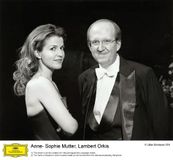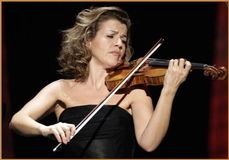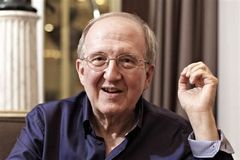San Francisco’s Davies Symphony Hall welcomed stellar artists and amazing music, 11/6 -11/8. The SF Symphony made a performance to remember with the outstanding pianist, Alexandre Kantorow, and the conductor, Karina Canellakis. Both truly blew us away. In the last season, her audience was thrilled by the unity and inspiration that she and the SF Symphony experienced together. Kantorow has presented world wide audiences astounding performances. He is the first French pianist to win the gold medal at the International Tchaikovsky Competition along with the Grand Prix.
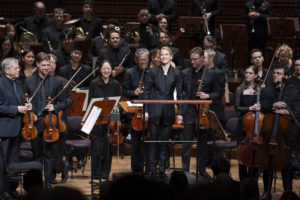 Conductor Karina Canellakis with SF Symphony
Conductor Karina Canellakis with SF Symphony
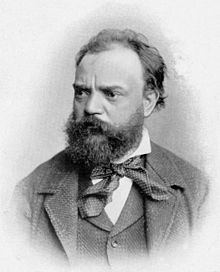 Antonin Dvorak, composer (1841 – 1904)
Antonin Dvorak, composer (1841 – 1904)
Scherzo capriccioso, Opus 66 has the name of a light-hearted, even playful music, but this is not. Written in 1883, Dvorak’s mother had died recently and three of his children had passed away during earlier years. There is a darkness behind the sunny music. This piece was written before his time in America, 1892 – 1895. He was devoted to Bohemia’s music and wanted to let his home be heard by Czech and German audiences. He asked his publisher to put the title page in both languages. Dvorak told him, “I just wanted to tell you that an artist too has a fatherland in which he must also have a firm faith and which he must love.” The composer wisely allowed both audiences to feel the music was their own. The piece is only 12 minutes long, but Dvorak knew what he wanted to keep. The opening has a mood that could be anxious; it has starts and stops. The music is always fascinating: which way will it go? There is a waltz that may be sweet but ironic. The slow middle plays seriously before the English horn and clarinet perform a beautiful passage. The two instruments alternate playing the lovely melody. The final part of the brings in special parts for horns and the harp. The entire orchestra, called by a solo horn, perform what might be a happy, all notes running as though at a picnic. However, the on and off rhythms and repetitions still let us guess what is in Dvorak’s heart. It is a marvelous piece played with knowing understanding.
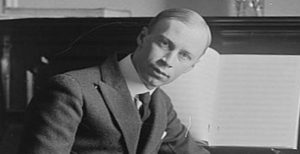 Sergei Prokofiev, composer (1891 – 1953)
Sergei Prokofiev, composer (1891 – 1953)
Prokofiev’s Piano Concerto No. 3 in C major, Opus 26, helped launch Prokofiev’s works in America. The composer did not fall in love with the USA. His first visit was in 1918. The Spanish ‘flu was killing many. He had come for a 4 month tour but stayed for nearly 2 years. 1918: the Russian Revolution, World War I, and the ‘flu. A dangerous time. Prokofiev’s work seemed too edgy to the Americans. The modernist music put off potential audiences. Serge Koussevitzky, a Russian conductor, became the conductor of the Boston Symphony, starting in 1924. He was a supporter for Prokofiev’s work. In 1918, Frederick Stock, conductor of the Chicago Symphony, heard Prokofiev’s music and liked it so much that Chicago hosted Prokofiev 5 times beginning in 1921 with the premiere of the Piano Concerto No. 3. The music of this Concerto is an exciting roller coaster. The energy comes from a mix of neoclassical, modernist, and traditional styles. There are often so many things happening that there is no point in keeping one’s ears in enjoying the castanets or the piano flying through unusual syncopation variations. The music seems to take on sounds that are played simultaneously but from different directions. The orchestra and piano challenge the differences and hear all of them as one majestic piece. It is the bassoons that bring on the piano and create a back and forth race to the end. It would need hearing again in order to analyze the music: What is doing what to which phrase or instrument? Yet the music is so exciting it is more than worth hearing it again. Prokofiev was the foremost pianist in the St. Petersburg Conservatory. It is appropriate to have Alexandre Kantorow step into Prokofiev’s pianist life. Kantorow played Liszt’s transcription of Wagner’s Liebestod from Tristan und Isolde as his encore.
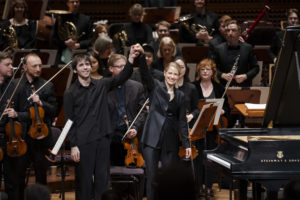 Pianist Alexandre Kantorow and Conductor Karina Canellakis with the SF Symphony
Pianist Alexandre Kantorow and Conductor Karina Canellakis with the SF Symphony
Jean Sibelius wrote the Four Legends from the Kalevala, Opus 22 (1896) when he was becoming interested in the Finnish epic, the Kalevala. In his childhood, he spoke Swedish. Finland was controlled by Sweden and then became a grand duchy ruled by Russia. He did not learn Finnish language until his mother put him in a Finnish speaking school. He was around 11 years old. He began to adopt Finnish music, folktales, and Finnish culture when he moved to Vienna. His friend and future wife, Aino Jarnefelt, wrote to him in Finnish; he would respond in Swedish. In a letter he stated that he would reply in Swedish “so that it does not take five minutes to write out each word.” This was the era in which authors, composers, scientists, historians were seeking their communities’ identities through folk tales and music. The hero of these tales is Lemminkainen. The 4 legends are: Leminkainen and the Maidens of the Island, the hero lands on an island with many young women all of whom he seduces. Then the island’s men return and the hero must leave; The Swan of Tuonela, the Swan swims in the waters of Tuonela, the place of the dead; Lemminkainen in Tuonela, the hero is taken into the water and killed. His mother comes to Tuonela to bring him home and give him life; Lemminkainen’s Return, the hero’s mother brings him home, puts the pieces together with special honey, and he is whole. He goes to Pohjola for revenge, but the mistress of Pohjola puts frost over the water, his boat, and all his crew. The hero keeps the Frost away, though he and his companion have to go home by walking on the ice. Some of the instants remind one of Ulysses’ adventures and other creatures which might do him in. The music is beautiful. Sibelius began the parts of the Legends in 1893, but started over. He made a new work of the Swan of Tuonela. He revised it in 1939; the 4 pieces were published in 1954. Each legend has its own environment in sound. The Swan of Tuonela has a sad English horn over the strings. There are 17 parts. The third and fourth ending display the battles, struggles, and homeward travel. Without the story, it is still deeply moving and beautiful. Sibelius reaches into the rhythms of the epic poetry and the sounds of language turned into gorgeous music.
Please note: Photos are by Brittany Hosea-Small by courtesy of SF Symphony. Quotation from Sibelius is taken from the SF Symphony program notes found by Alicia Mastromonaco.
Photos by Brittany Hosea-Small, by courtesy of SF Symphony
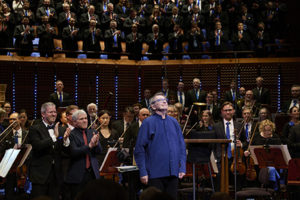


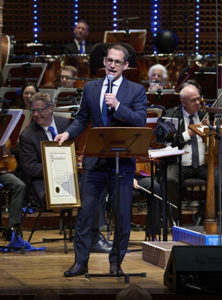
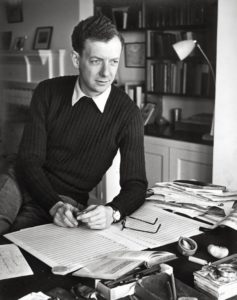 Benjamin Britten
Benjamin Britten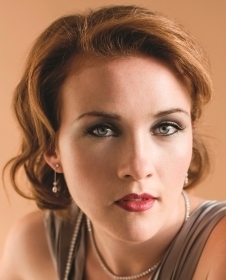 Sasha Cooke, mezzo soprano
Sasha Cooke, mezzo soprano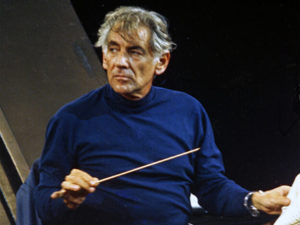

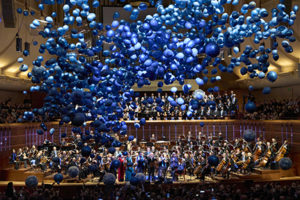
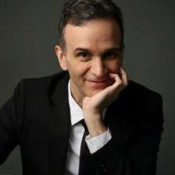

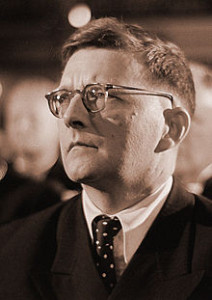
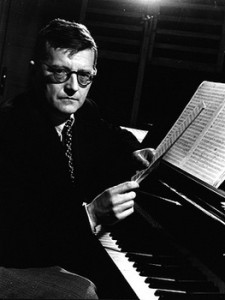 Shostakovich at the piano
Shostakovich at the piano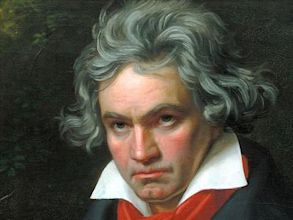

 Robin T
Robin T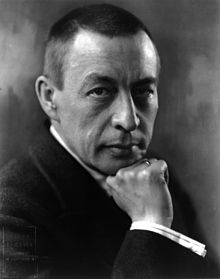 Sergei Rachmanino
Sergei Rachmanino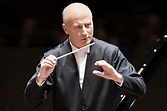 Paavo Jarvi
Paavo Jarvi Kirill Gerstein, pianist
Kirill Gerstein, pianist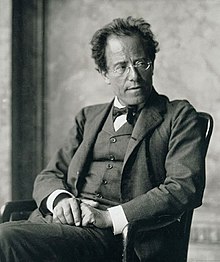 Gustav Mahler, composer (1860
Gustav Mahler, composer (1860 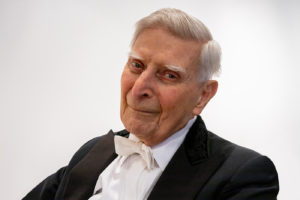
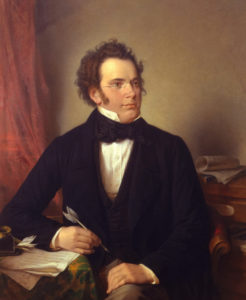
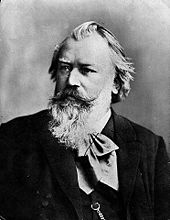
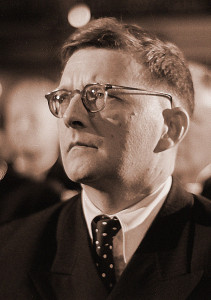
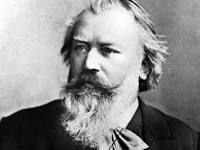
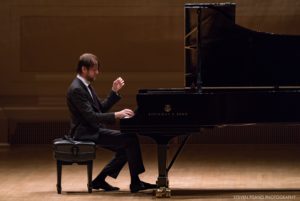 Daniil Trifonov, pianist
Daniil Trifonov, pianist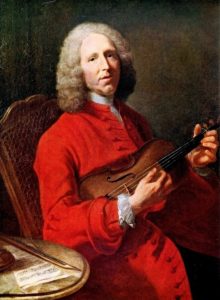 Jean-Phil
Jean-Phil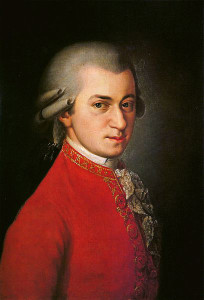 Wolfgang Amadeus Mozart (1756-1791)
Wolfgang Amadeus Mozart (1756-1791)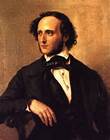 Felix Mendelssohn, composer (1809-1847)
Felix Mendelssohn, composer (1809-1847)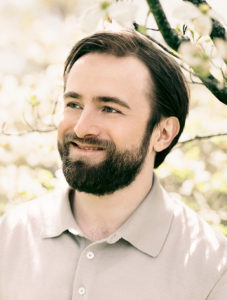 Da
Da Ludwig Van Beethoven, co
Ludwig Van Beethoven, co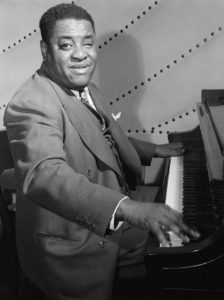
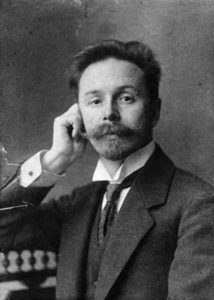 A
A